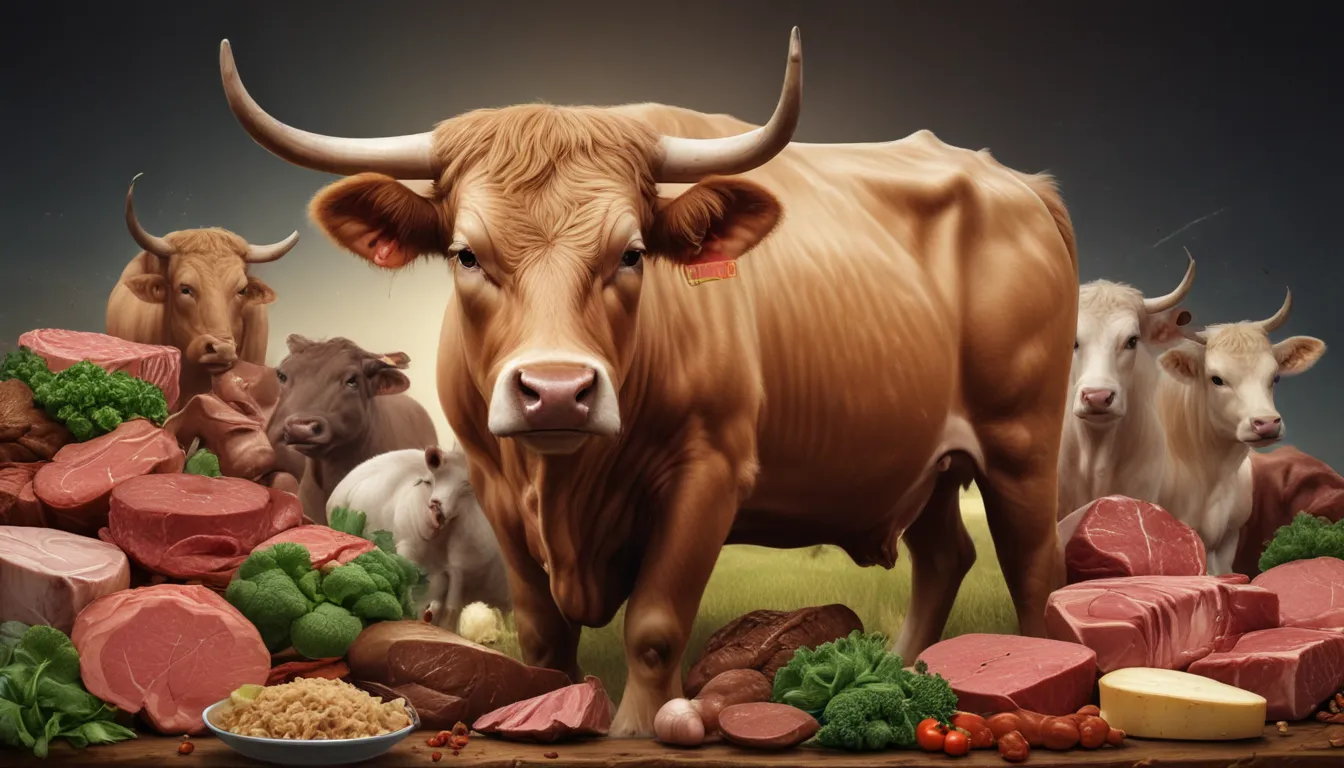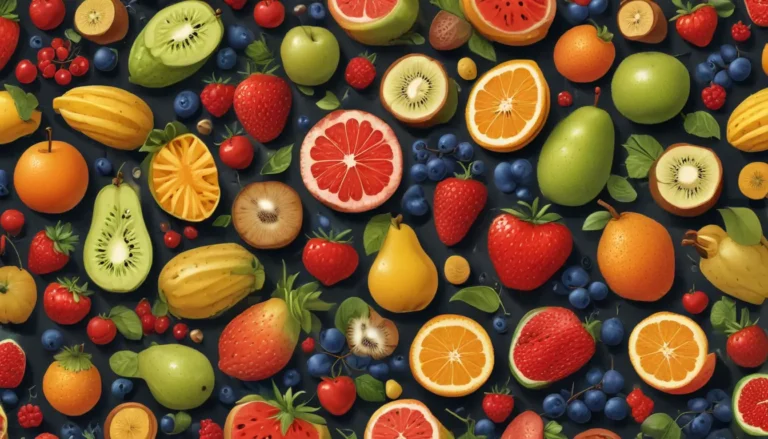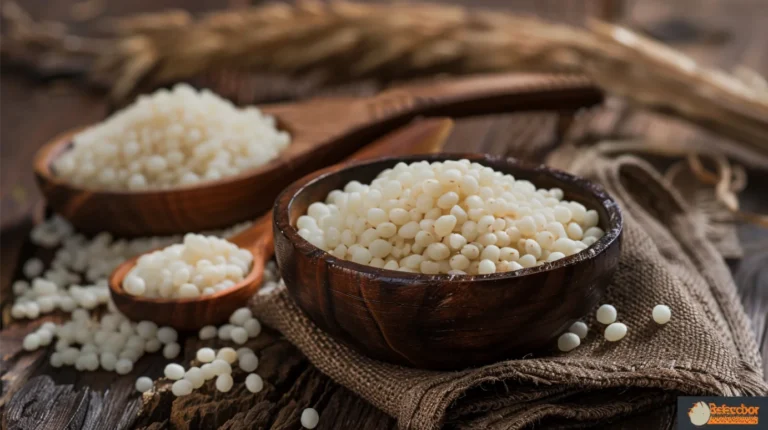The pictures in our articles might not always show exactly what the text is talking about. We use these images to make the article more interesting and eye-catching. They are there to add to the text, but not to replace it or show every detail.
Welcome to the fascinating world of beef! Whether you're a steak connoisseur, a burger lover, or simply curious about this delicious meat, you're in for a treat. Join us on a journey through ten intriguing facts about beef that will tantalize your taste buds and expand your culinary knowledge.
The Cattle Connection: A Rich History
Beef has a long and rich history, dating back to the domestication of cattle over thousands of years ago. Early evidence of cattle domestication can be traced back to around 6,500 B.C. in the Middle East. Initially raised for their milk and hides, cattle breeding and advancements in agriculture eventually led to the development of specialized beef cattle breeds focused on meat production.
A World of Breeds: Diversity in Flavor
There's a world of cattle breeds out there, each with its unique characteristics and flavor profiles. From the popular Angus and Hereford breeds to the luxurious Wagyu beef from Japan, the diversity of beef is truly astounding. Angus beef is renowned for its marbling and tenderness, while Wagyu beef boasts intense marbling and a buttery texture. These distinct breeds contribute to the wide range of beef options available in the market.
The Grading Game: Prime, Choice, and Select
When it comes to beef quality, grading is key. The USDA has established a grading system that classifies beef based on tenderness, juiciness, and flavor. The top grades include Prime, Choice, and Select. Prime-grade beef is the highest quality, featuring abundant marbling, while Choice grade strikes a balance between marbling and tenderness. Select-grade beef is leaner but still flavorful, offering a different taste experience.
The Art of Aging: Flavor and Tenderness Enhancement
Aging is a culinary art that enhances beef flavors and tenderness. Two primary aging methods, dry aging and wet aging, bring out the best in beef. Dry aging involves hanging beef in a controlled environment to develop intense flavors, while wet aging uses vacuum-sealing to improve taste and texture. Both methods contribute to the deliciousness of the final product.
The Perfect Steak: Cuts and Cooking Techniques
With a wide variety of beef cuts available, each requiring specific cooking methods, the perfect steak awaits you. Whether you prefer ribeye, tenderloin, T-bone, or New York strip, knowing the right cooking technique is essential. Grilling, broiling, pan-searing, and sous vide are just a few ways to cook beef to perfection. Your choice of cut and cooking method can significantly impact the taste and tenderness of your steak.
Beef Nutrition: A Protein Powerhouse
Beef isn't just tasty; it's also packed with essential nutrients. High-quality protein in beef supports muscle growth, repair, and overall health. Beef also contains vital vitamins and minerals like iron, zinc, and vitamin B12. While beef is a nutrient-rich food, it's important to enjoy it in moderation as part of a balanced diet to avoid excessive consumption's potential negative health effects.
Sustainable Beef: Protecting the Planet
As environmental awareness grows, the beef industry is evolving to reduce its ecological impact. Sustainable beef production focuses on water conservation, reduced greenhouse gas emissions, and animal welfare. By implementing efficient feeding practices, responsible land management, and waste reduction technologies, the industry aims to promote a more eco-friendly food system. Supporting sustainable beef practices allows consumers to contribute to a healthier planet.
Beef Around the World: Cultural Treasures
Beef holds a special place in the culinary traditions of various cultures across the globe. From Texas barbecues to Argentine beef stews, different regions have unique ways of preparing and enjoying beef. Bulgogi in South Korea and churrasco-style barbecue in Brazil are just a few examples of beloved beef dishes from around the world. Exploring the diverse world of beef cuisines offers a delightful adventure for food enthusiasts everywhere.
Beyond Burgers: Innovations in Beef Alternatives
The rise of plant-based alternatives to beef offers new culinary possibilities. Companies have developed innovative products that replicate the taste and texture of beef using plant-based ingredients. While these alternatives may not taste exactly like beef, they provide a unique culinary experience for those looking to reduce their meat consumption for health, environmental, or ethical reasons.
Safe Handling and Cooking: Delicious and Healthy Meals
Proper handling and cooking techniques are crucial for safe, tasty beef dishes. Store raw beef below 40°F (4°C) to prevent bacterial growth and ensure thorough cooking to kill harmful bacteria. The USDA recommends internal temperatures of 145°F (63°C) for steaks and roasts and 160°F (71°C) for ground beef. Using a meat thermometer guarantees your beef is cooked to perfection every time.
Conclusion
Beef is a culinary treasure that has delighted taste buds for centuries. From its historical roots and diverse breeds to aging techniques and cooking methods, beef offers a world of flavors and experiences. Whether you enjoy a tender steak, a juicy burger, or explore plant-based alternatives, beef remains a beloved part of our culinary landscape. Appreciate the craftsmanship behind quality beef while embracing sustainability and responsible consumption.
Frequently Asked Questions (FAQs)
Is beef a significant source of protein?
Yes, beef is an excellent source of high-quality protein essential for muscle growth and repair.
How can I determine the quality of beef?
Beef quality is determined by grading, with Prime being the highest quality, followed by Choice and Select. Consider marbling, tenderness, and flavor when choosing beef.
Can I cook beef from frozen?
While possible, it's best to thaw beef before cooking for even doneness. Thawing in the refrigerator is the safest method.
How can I enhance beef dish flavors?
Use marinades, rubs, and spices to add depth and complexity to beef dishes. Experiment with different flavor combinations to elevate your culinary creations.
Any health considerations with beef consumption?
Enjoy beef in moderation as part of a balanced diet. Lean cuts and cooking methods that minimize added fats promote a healthier way to enjoy beef.
The world of beef offers a myriad of flavors, traditions, and culinary experiences waiting to be explored. With a diverse range of cuts, cooking methods, and sustainable practices, beef continues to captivate taste buds and inspire culinary innovations worldwide. Embrace the richness of beef and savor its delicious delights while being mindful of sustainability and responsible consumption.
Remember, every bite of beef tells a story of craftsmanship, tradition, and flavor. So, embark on your own beef journey, celebrate its cultural significance, and indulge in the culinary pleasures it has to offer. Beef is more than just a meal; it's a celebration of heritage, taste, and the joy of shared experiences around the dining table.






